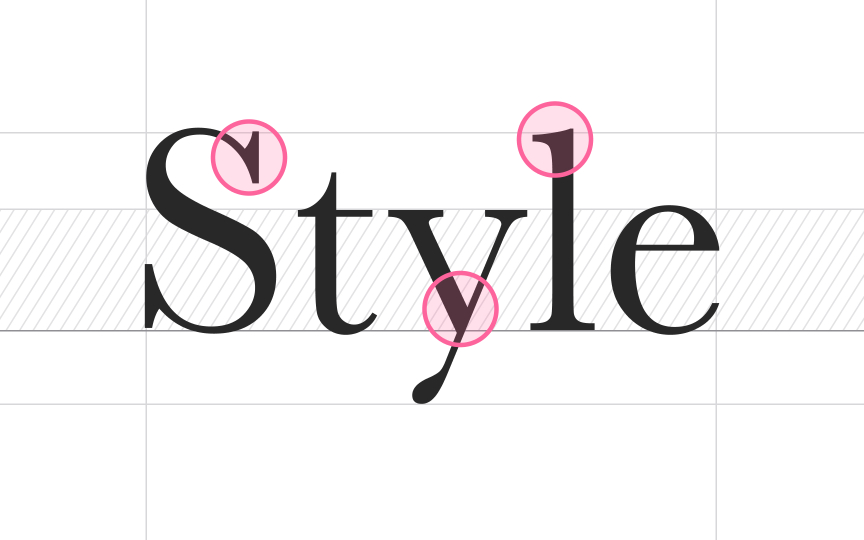Transitional serifs
As their name suggests, transitional serifs became the bridge between old-style and modern serifed typefaces. John Baskerville is considered the father of transitional serifs. In the 1750s, during his later years, the retired English manufacturer developed an interest in typography and founded a printing office in Birmingham. He made significant improvements to letterforms, which led to the creation of the Baskerville typeface, a design that strongly influenced future type development.
Key characteristics of transitional serifs include:
- A more pronounced weight contrast between thick and thin strokes
- Bracketed serifs with flat bases
- Slightly slanted head serifs
- Vertical stress in rounded lowercase letters
- Larger x-height
- Cap height that matches the height of lowercase ascenders
- Consistent numeral size
Well-known transitional serifs include Baskerville, Americana, Bulmer, and Perpetua.


